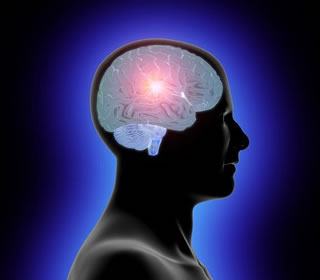Neuroscientists link brain cell types to behavior
By P.T.
Published: May 26, 2013

It’s early in the morning and your sleeping comfortably in your bed but you’re trying to decide whether to stay in bed or get up to go to work. These basic everyday decisions whether to stay or go are made within a brain region called anterior cingulate cortex part of the prefrontal cortex which is associated with cognitive behavior like thinking and decision making.
Within the brain are billions of neurons performing these miniscule tasks but which neurons are doing exactly what? Neuroscientists at the Cold Spring Harbor Laboratory, a private, not-for-profit research and education institution, have now identified key circuit elements that help in making “stay or go” decisions.
Adam Kepecs, a professor at the laboratory, and his team tested mice in order to pin point specific neurons that correlate with the foraging behavior or “stay and go” pattern. A mouse was genetically modified to target certain neurons. Duda Kvitsiani and Sachin Ranade, part of Mr Kepecs’s team, used a mouse model created by Z. Josh Huang, a professor, to label neuron types in the anterior cingulate cortex with a light activated protein – method known as optogenetic tagging.
Mr Kepecs team discovered that somatostatin (SOM) and parvalbumin (PV) neurons showed strong presence during the beginning and end of foraging behavior. However, the team recoded a decrease in neural activity while performing foraging behavior. The PV and SOM neurons reacted promptly with a spike in activity whenever light was shone on to the brains of the mice. Allowing the researchers to easily identify the neurons.
“The brain is complex and continuously active, so it makes sense that these two types of inhibitory interneurons define the boundaries of a behavior such as foraging, opening and then closing the ‘gate’ within a particular neural circuit through changes in their activity,” says Mr Kepecs.
Due to limited understanding of the brain, neuroscientists have difficulty pinpointing which behavior each neuron regulates.
“We think about the brain and behavior in terms of levels; what the cell types are and the circuits or networks they form; which regions of the brain they are in; and what behavior is modulated by them,” explains Mr Kepecs. “By observing that the activity of specific cell types in the prefrontal cortex is correlated with a behavioral period, we have identified a link between these levels.”